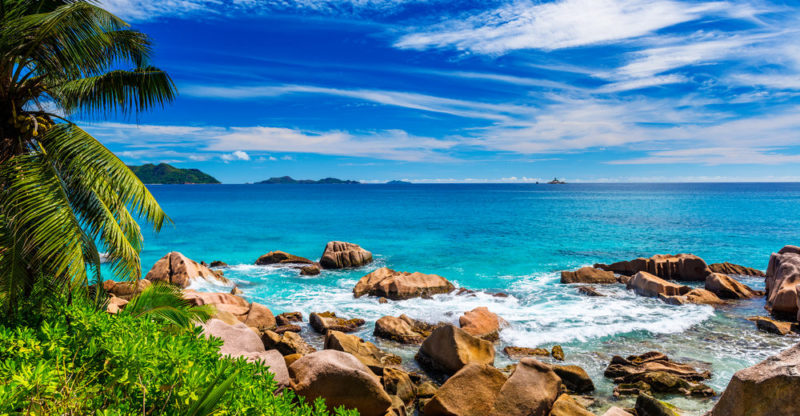We explain what a sea is and what its characteristics are. Also, what types of seas exist, examples and their differences with the oceans.
What are the seas?
The sea is a portion of salty water smaller than the ocean and larger than a lake . The seas are usually differentiated from the oceans because the seas are the areas near the coasts and have an extension and a depth less than the oceans.
The seas and oceans occupy 70% of the earth’s surface and, in many cases, it is difficult to define the border that separates them from each other. While there are only five oceans in the world, there are more than 50 seas, among which are: the Caspian Sea, the Mediterranean Sea , the Caribbean Sea and the Black Sea.
The seas are also confused with large lakes but, unlike these, the seas are bodies of water in motion.
Characteristics of the seas
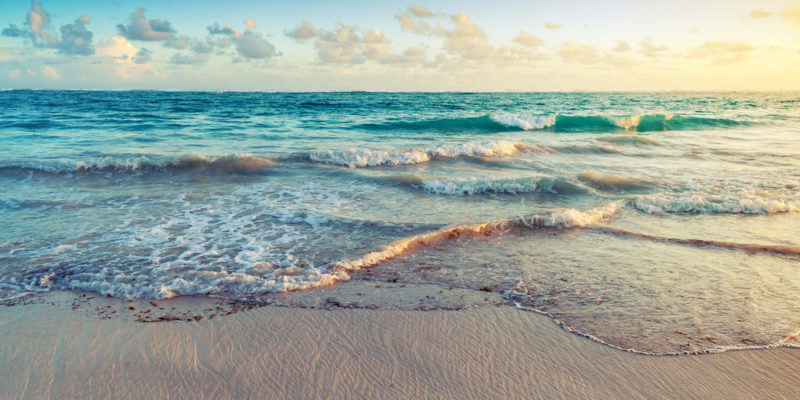
Some of the main characteristics of the seas are:
- Composition . The sea is made up of 96.5% pure water, while the remaining percentage (3.5%) corresponds to salts such as sodium, sulfates, magnesium , chlorine, potassium and calcium. The exact amount of salt depends on each particular sea, but it is usually 35 mg for each liter of water.
- Temperature . Sea temperatures depend on geographic location. Some seas maintain a constant temperature during all seasons, while in others the temperature fluctuates according to the ambient temperature. This is how in seas of the Caribbean or Asia the water remains warm throughout the year and in seas such as Japan the temperature varies. Sea temperatures are always higher than ocean temperatures, this is because the sun’s rays reach the bottom of the sea and prevent temperatures from dropping too low.
- Tides . The seas present two types of movements: waves and ocean currents. The waves are superficial and remarkably visible while the currents are underwater and are only detected by specific instruments.
- Fauna . Within the seas you can find an immense variety of marine animals. The type of fauna that inhabits each sea depends on the geographical location, the depth, the temperature of the water, among other characteristics. Some of the main marine animals are: sea turtles , fish , whales , dolphins, sharks, crabs, starfish , octopuses, stingrays, among many others.
Types of seas

There are three main types of seas:
- Littoral or coastal seas . These are areas in which, despite the fact that there is no clear dividing line between the sea and the ocean, the coastal sea is recognized because it has greater tidal ranges, slightly higher temperatures than the oceans and is less deep. For example: the Norwegian Sea.
- Continental seas . They are seas that are entirely within one or more continents and are communicated with the ocean by a narrow groove. Between the sea and the ocean there are differences in temperature and salinity. For example: the Mediterranean Sea.
- Closed seas . They are seas that are completely isolated and are often mistaken for very large lakes. Generally, these waters tend to contain less salinity than the open sea. For example: the Dead Sea .
Difference between ocean and sea

There are no clear limits or parameters that allow differentiating an ocean from a sea, however, a fundamental difference between the ocean and the sea is that the seas are mostly close to the mainland while the oceans are not. In addition, they tend to be shallower and have warmer temperatures than the oceans.
The International Hydrographic Organization lists the seas and oceans of the world and marks that there is a difference between the two, but without any additional characteristics.
Main seas of the world
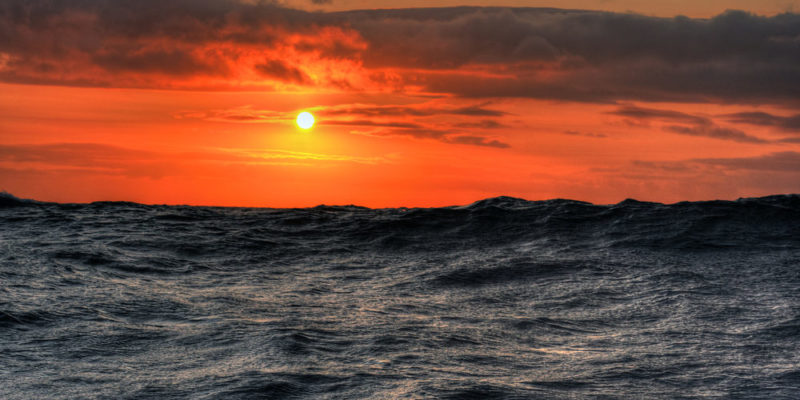
The International Hydrographic Organization gathered in its work Limits of Oceans and Seas (1953) more than sixty seas around the world. Some of the most extensive and recognized are:
- Caribbean Sea . It is one of the largest seas in the world with 2.7 million km². It is located east of Central America and north of South America .
- China Sea . It is located on the eastern coast of Asia and has an area of 3.5 million km². It is made up of islands and surrounds the coasts of countries such as China , Taiwan, Indonesia, Malaysia and the Philippines.
- Mediterranean Sea . It is a continental sea that is surrounded by Europe , Asia, and Africa . It has an area of 2.5 million km² and its coasts are a great tourist attraction point.
- Arabian Sea . It is located in South Asia and is the largest sea in the world with 3.8 km². It is surrounded by countries like India , Pakistan, Oman, and Yemen.
- Bering Sea . It is located to the north of the Pacific Ocean and has an area of 2 million km². It surrounds the coasts of Russia and Alaska, in the United States.
Other seas of the world are: the Black Sea, the Red Sea , the Baltic Sea, the Sea of Japan, the North Sea, the Greenland Sea, the Beaufort Sea, the Adriatic Sea, among others.
Importance of the seas
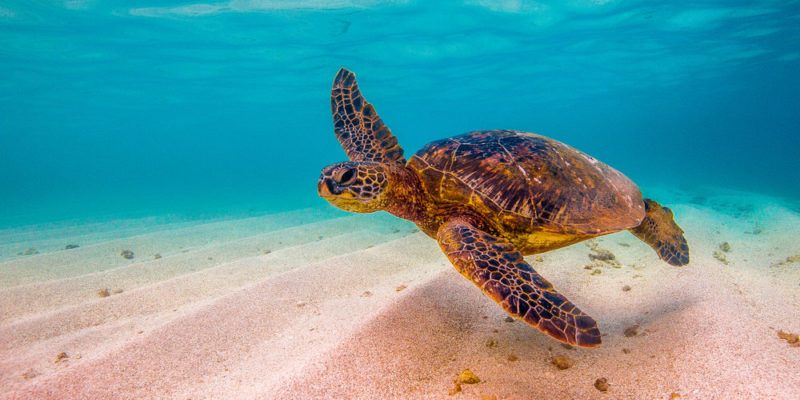
More than half of the earth’s surface is covered by seas and oceans, so the conservation of these bodies of water is essential for the development of the Earth . The seas are the habitat in which numerous animal and plant species live , so the care and conservation of the sea is essential to maintain the biodiversity that lives there.The seas are important for their diversity and also because their functions include absorbing carbon and supplying a large amount of oxygen that is necessary for life on Earth. In addition, the seas are one of the fundamental pieces of the water cycle and provide living beings with this resource.A large part of the food of the human population is obtained from the sea and it is one of the main sources of water. This medium is used by human beings as a means of commerce and tourism and recreational activities are carried out in it, such as water sports, and its coasts and beaches are used.Due to the importance of the sea on the planet, it is essential that during the different practices or activities carried out in the marine environment the natural balance of this environment is not altered.
Sea pollution
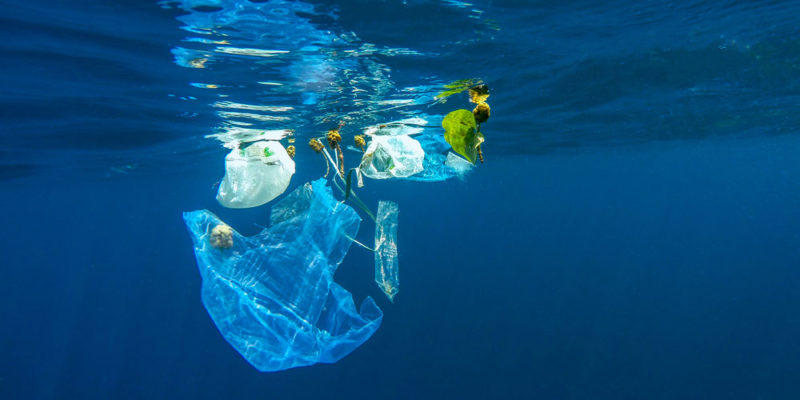
The pollution of sea water is one of the great concerns of the 21st century . This pollution has various sources and affects both the seas and the oceans.Some of the main forms of pollution of the seas are:
- Oil pollution . Spills of oil occurring in the seas not only pollute the water but affecting organisms living in that environment.
- Plastic pollution . The plastics that are dumped into the sea take a long time to decay and usually remain floating on the sea surface, which constitutes a risk for animal species that can be confused with food waste.
- Residual contamination . There are many types of waste that are indiscriminately dumped into the sea. Some are untreated waste, some are fertilizers carried from the ground into waterways, and some are industrial waste. In some cases, these residues are toxic.
Many non-profit organizations carry out campaigns to raise awareness about the importance of the sea and the consequences that its pollution brings . It is essential that organizations , governments and each person from their place contribute to maintaining the balance of the seas
The above content published at Collaborative Research Group is for informational and educational purposes only and has been developed by referring reliable sources and recommendations from experts. We do not have any contact with official entities nor do we intend to replace the information that they emit.
